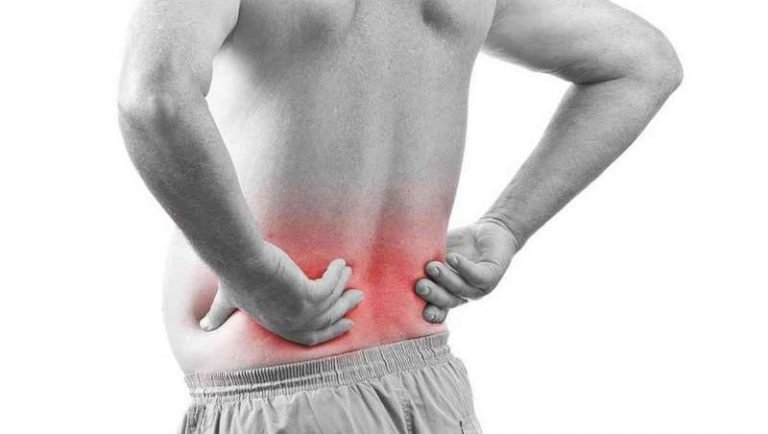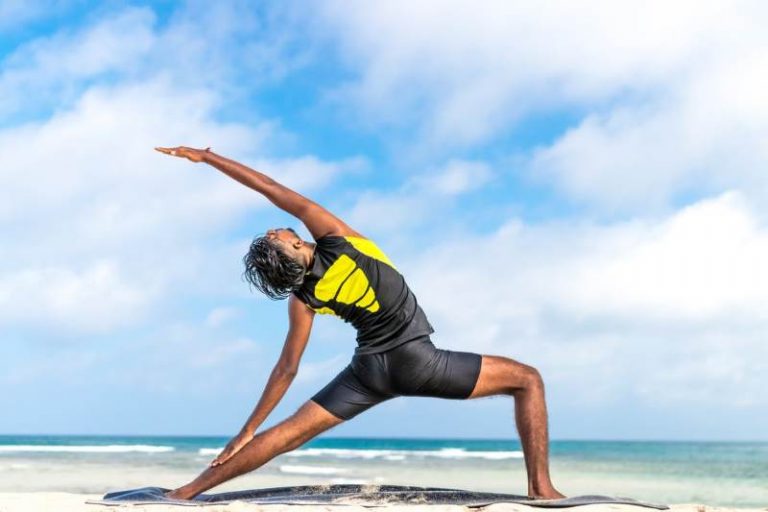Physio Articles
As a physiotherapist, I assess and treat injuries that occur in the workplace. These can be sudden (acute), or gradually over time (overuse). Overuse injuries come from repeated stresses that cause micro-damage of muscles, ligaments, or joints. Over time the micro-damage turns larger, and pain and weaknesses become apparent. Overuse injuries are quite common, difficult to diagnose, but relatively easy to prevent.
Any job comes with some degree of risk of injury. Knowing what your risks are, and working together with your employer or organization to minimize these risks is important for keeping your body happy and work-ready.
When possible, look at your work environment to see if anything is within your control to be changed. I will use physiotherapy as an example: There are times when I can modify my environment in order to make a task easier on my body. I can raise and lower the treatment table, or my stool on which I’m sitting, or in some cases I can use equipment that is ergonomically friendly.
Other times, the environment is not ideal, but also not in our power to modify. This is when you need to think of your body mechanics – the way you use your body to perform a task. Here are some general tips, from head to toe, of ways you can keep good body mechanics. This list is not exhaustive so it is important to consider each task you have to do individually, and what risks may be involved.
Head and neck: a common posture that is a big no-no is the forward head posture where the chin juts forward and hinging occurs about one vertebra in the lower neck. Any time you are in an upright position, keep a nice gentle chin tuck, with the back of your neck long.
Upper body: the other common poor posture is the rounded shoulder posture. When in this position too long, the muscles in the front of the chest get tight, and muscles in the back get long and weak. Also avoid hunching your upper back, which can also contribute to a forward head posture. Keep your shoulders pulled back, with your chest open and proud.
Arms: working repetitively above shoulder height can put you at risk of an injury called ‘impingement’ in the shoulder. When it is possible, avoid having your hands overhead, or above shoulder height, especially if lifting. This can mean using a step if you’re trying to reach high, or finding ways to better position yourself around your task. Avoid repetitive reaching away from the body; if it is possible, put your body closer to where you’re working.
Hands and fingers: if your job involves a lot of bending of your wrist or fingers, gripping or grasping, it is important to stretch those tired muscles, and to strengthen the opposing muscle groups to balance it out. If you work at a computer, look to see what your wrist position is at the keyboard or the mouse. Ideally, they shouldn’t be bent up toward you too far, and the bottom of your wrist shouldn’t sit on a hard surface for a prolonged time.
Low back: Lifting techniques and proper sitting posture can make a big difference in low back pain! If you sit a lot, try to support the normal curve of your spine either through a ‘lumbar support’ or a rolled towel. For those who lift during the work day, remember the following important points. Keep the load you’re lifting close to your body. If what you are lifting is below waist height get into a lunge, or a squat position and stick your bottom out like you’re going to sit in a chair. This helps to preserve a ‘neutral spine’ – which is slightly arched. Lastly with regards to lifts, or picking anything up / putting anything down of any weight, avoid twisting and bending simultaneously.
Legs and feet: avoid twisting your body when you have a foot, or both, planted. Wear footwear that is supportive, and appropriate for your job. If you have been prescribed orthotics, ensure you wear them while working, to help support your feet and legs. If sitting, change up your position: try not to sit all your time with legs crossed, and if you do cross your legs, try to balance how long each is the leg on top.
If you do notice new pain or weakness, attend to it as soon as possible. While many injuries require 4-8 weeks to heal at the level of the tissue (although you may return to some functions during that period), this time frame can be made longer if the injury doesn’t have a chance to heal, or if it gets re-aggravated. Be conscious of what you feel, what your job demands are, what may have caused it, and how that risk can be minimized. Seek help when help is needed, be it through your work’s first aid service, or a health professional.
Physio Articles
Core Stability
One of the most common reasons people require physiotherapy is for low back pain. Treating low back pain usually centers on the common goals of decreasing pain, increasing range of motion and improving function. For the majority of low back injuries a core stability exercise program is beneficial for improving function and returning to activities of daily living, work and sports. Core stability exercises are a common and often successful treatment in physiotherapy for recovering from an injury, preventing a further injury, improving general health and optimizing athletic performance.
So what exactly is core stability?
We have three different systems that aid in the stabilization of our spine. One is the passive system which includes non-contractile tissues such as bones and ligaments. The second is the active system which includes contractile tissues such as muscles and tendons. This active system of muscles that attach to the spine and pelvis is necessary for stabilizing the spine and producing motion. The third is the motor control system. This can be thought of as our ability to turn on and off the required muscles to the correct degree at the appropriate time.
What causes someone to have poor core stability?
A lack of stability is often seen when one of the above three systems is affected. This could include factors such as: an injury to the tissue itself, insufficient muscle endurance, muscle imbalance or poor motor control. In fact, in many people with low back pain it is common to see atrophy of the spine stabilization muscles, poor muscle endurance, a muscle imbalance or delayed activation of the stabilization muscles. Physiotherapy focuses primarily on motor re-learning, or learning to activate the correct muscles at the appropriate time, and improving the endurance of these muscles.
What exercises should I be doing to improve core stability?
It is important to begin by understanding what exercises to avoid, exercises that may be doing you more harm than good. We determine the quality of a core stability exercise not only by how well it turns on the correct muscles but also by the amount of stress it puts through the spine, known as compression and shear forces. For example, while a sit up may be a great exercise to strengthen the core, specifically the rectus abdominis muscle, it requires excessive bending (or flexion) of the low back and results in a high compression force on the spine. Repeated bending of the back and high compression forces on the spine is a common mechanism of injury for tissue damage to the vertebral disc. This would make it a poor choice when designing a core stability program. It would also be unwise to do this exercise alone, as it will most likely result in a muscle imbalance which could potentially lead to injury. It is advisable to start a core stability program with exercises that keep the spine in a neutral position and avoiding excessive bending and twisting. Common exercises that I often teach to improve core stability include a front plank, a side plank and a squat. Along with other exercises, these three challenge different muscle groups and have lower compression and shear forces through the spine which minimizes the risk of injury.
When designing a core stability exercise program it is important to focus on improving motor control and muscle endurance rather than trying to improve muscle strength at higher loads. It would also be beneficial to include a cardiovascular exercise, such as walking, to your program. The exercises you include should be comfortable and should not cause any low back pain. One exercise program is not appropriate for everyone. Exercises should consider your training goals (injury rehabilitation, injury prevention, general health or improving athletic performance) and your past medical history (including general health and specific history of low back injury).



